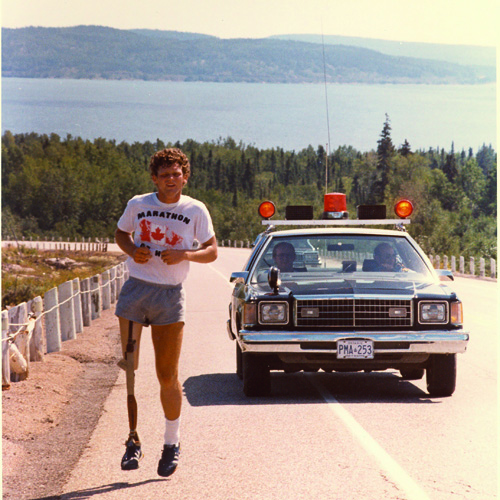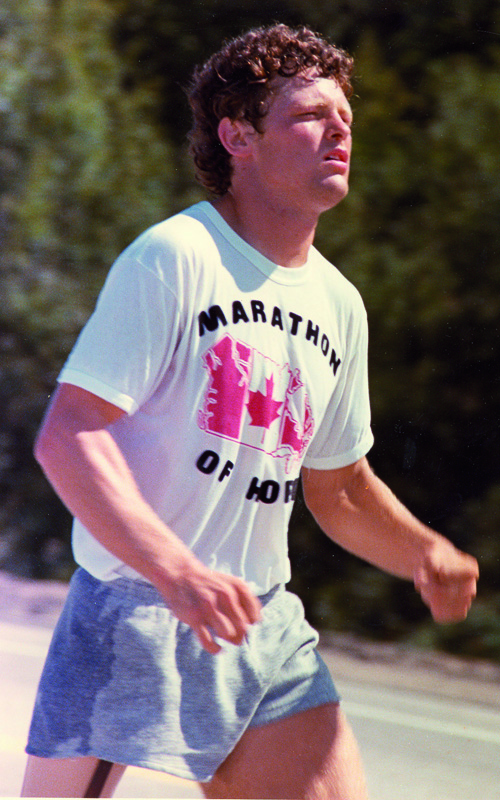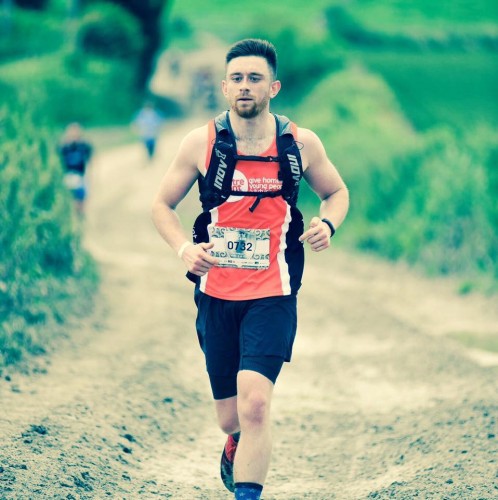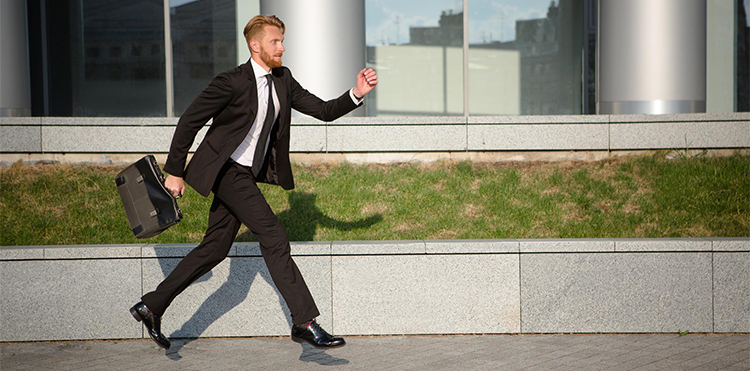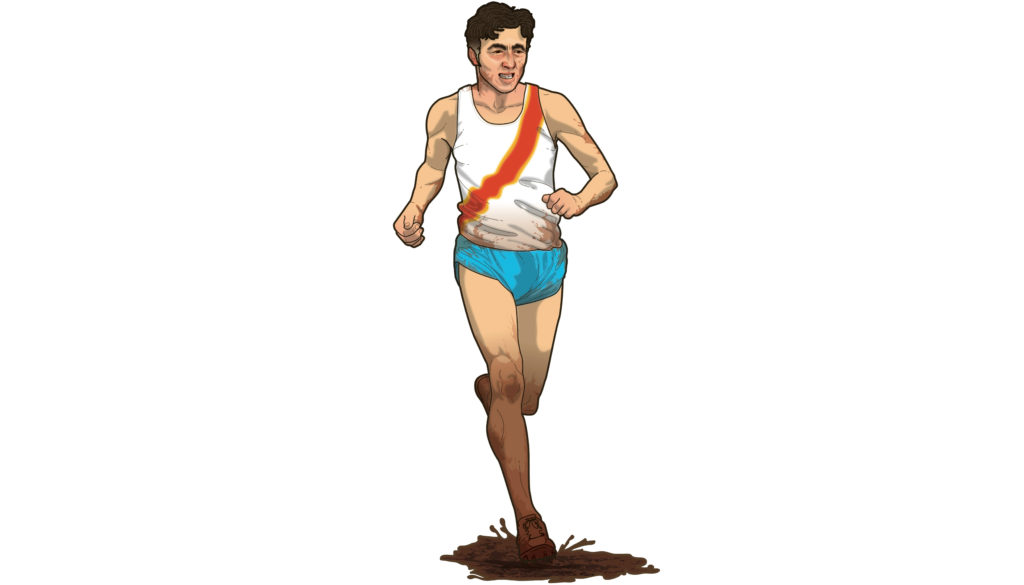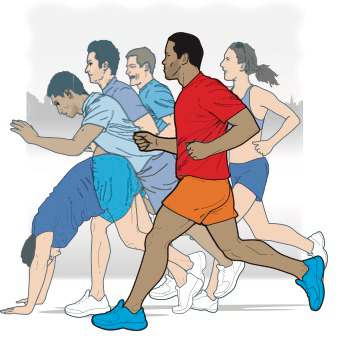Imagine running 23 miles a day for nearly five months. Now imagine doing that on one leg while battling a disease that will eventually kill you. In 1980, Terry Fox, a 21-year-old from Winnipeg, Canada, did just that.
Born in 1958, Terry was one of four close-knit siblings. His childhood was that of a typical young lad. He loved sport and play fighting. Yet, at the same time, he was a boy of impeccable manners and, significantly, unfaltering determination. Terry’s competitive edge and will to succeed were character strengths that would later compel him to embark upon the toughest journey of his life, just as it was coming to such a tragically untimely end.
Hope in despair
At the age of just 18, despite a lifetime of recreational and competitive sport, doctors discovered bone cancer in Terry’s right knee. Just four days after the initial diagnosis, on 9 March 1976, the leg was amputated. What followed was 16 months of intensive chemotherapy in a children’s cancer ward. Being 18, Terry was one of the oldest, and the younger children had a profound effect on his own outlook. He couldn’t comprehend how those even younger than himself could cope with the ordeal of what was, at the time, understaffed and underfunded cancer treatment. “I had to do something about it,” he said. But what?
Terry’s aim was to raise (CAD) $1 million for cancer research. To do so, he planned something never before attempted: a 5,000-mile run across the largest country in the Western Hemisphere. Fully aware of the unprecedented task at hand, Terry spent the next 18 months in training with his new prosthetic leg. He ran some 3,059 miles, mostly along the same 10-mile route in British Colombia. “It was my 10 miles,” he said. “You could not find a better 10 miles in the world.”
Then, on 12 April 1980, from the easternmost point of Canada, he began his Marathon of Hope. Despite feeling initially disheartened by a lack of support, torrid weather conditions and reckless motorists, from mid-June support grew to a level that he couldn’t have hope for. Thousands lined the streets of Ontario, Prime Minister Pierre Trudeau welcomed him to Ottawa and, to Terry’s delight, he performed the ceremonial kick-off at a Rough Rider game in the Canadian Football League.
He was fast-becoming a national hero. Donations flooded in and on 11 July alone, as he entered Toronto before a 10,000-strong crowd, it’s estimated that over $100,000 was raised.
In the midst of such celebration, though, it is easy to forget the challenge that was at hand. Relentless media appearances and the sheer pain of running began to take their toll. By September, mental and physical exhaustion forced him to stop. On the approach to Thunder Bay, after several days of intense chest pain, Terry visited the hospital. The cancer, as he tearfully revealed the following day, had spread to his lungs. One hundred and forty-three days and 3,339 miles after beginning, the run was forced to an end.
Canada’s greatest
To the end, Terry refused to be pitied or consoled. “That’s the thing about cancer,” he said. “It happens all the time to people. I’m not special.” But to many he was special. Terry’s funeral was broadcast on national TV; statues, street names, school and running routes were created in his honour; and a 1999 national survey named him as Canada’s greatest hero. The annual Terry Fox Run – established by his family and Isadore Sharp, a Canadian businessman who supported Terry throughout his epic journey – is held in more than 40 countries and has raised close to (CAD) $700 million. It is cancer research’s largest one-day fundraiser.
It is at moments of doubt that Terry Fox’s story should be remembered. His is a tale of determination, inspiration and human endurance: Canada’s greatest hero has a lesson for us all.

